HISTORY
HISTORY
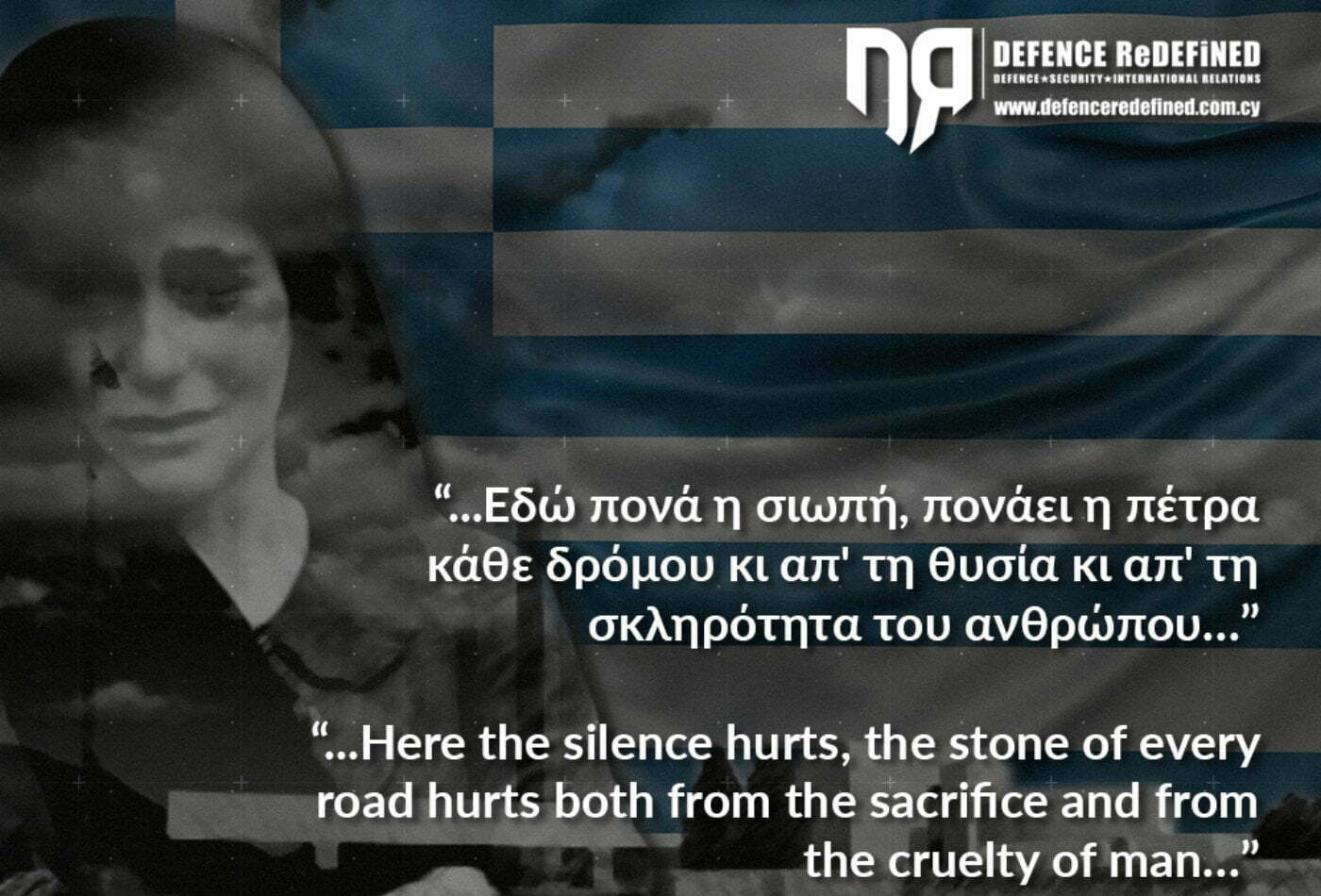
It is one of the most atrocious crimes of the Nazis in occupied Greece during World War II.
In the early hours of June 10, 1944, a German military phalanx of SS started from Livadia to Arachova, with the ultimate goal of clearing the area of guerrilla groups. The Nazi phalanx joined another German group that had started from Amfissa and proceeded to Steiri.
A battle ensued in the area of Katavothra between the rebels of the Greek People’s Liberation Army (ELAS) and the Germans. Both sides suffered casualties in the battle, and the Germans attributed the attack of ELAS to the residents of Distomo and returned to the village to retaliate.
Although the German troops did not accept any provocation from Distomo (despite the fact that the Germans made such a claim after the war), for reasons of revenge, the SS phalanx began to massacre all the inhabitants of the village.
Neither the women nor the children escaped the Nazi mania. The village priest was beheaded, babies were killed and women were raped before they were killed. The massacre stopped only when it was nighttime and they were forced to return to Livadia, after they burnt the entire village first.
The executions continued during the return of the Germans to their base, as they killed anyone they found on their way. Distomo’s death toll rose to 228, including 117 women and 111 men, including 53 children under the age of 16.
The testimony of the envoy of the International Committee of the Red Cross (ICRC), George Wehrly, who arrived in Distomo a few days later, refers to 600 dead in the greater area, with corpses hanging even from the trees along the road leading to the village.
SS Captain Fritz Lautenbach is the man who ordered the massacre of Distomo and who, even after its end, wrote a false report stating that his men were attacked “with mortars, automatic weapons and machine guns on the part of the people in Distomo,” wanting to justify his atrocious acts.
Lautenbach’s report was immediately disputed by Georg Koch, a secret service agent who also accompanied the SS battalion. Koch submitted a separate report stating that the battalion had in fact fallen into an ambush several miles away from Distomo. Koch also says that after the battalion had repulsed the “rebels”, it headed towards Distomo so as to begin the massacre.
In the interrogation that followed, Lautenbach defended his choices, saying that he consciously preferred to follow orders. He also said that he knew his choice could be considered disobedient. It is noted that not a single Greek witness was summoned to the military tribunal that followed.
One of the leaders who was also found responsible for the massacre in Distomo, Hans Zampel, was arrested in France after the end of the war and extradited to Greece. During the process, he was asked to be transferred to Germany for the investigations, where he remained. Testimonies state that Zampel still lives free.
Today on Kanalles Hill in Distomo there is a magnificent monument, the Distomo Mausoleum, which is the most famous monument in honor of the massacred civilians of June 10, 1944. There are the annual events of June by the Municipality of Distomo in collaboration with various Cultural and other organizations in the area.
Memorial Speech by the Minister of Defence Vassilis Palmas at the annual memorial service for the fallen of the 3rd Company of the 211th Infantry Battalion
The Minister of Defence of the Republic of Cyprus, Mr. Vassilis Palmas, attended the annual commemoration of the fallen of the 3rd…
120 years since the death of Pavlos Melas—The Hero of the Macedonian Struggle—Photos
The Armed Forces honor the memory of the ethnic martyr who gave his life for the liberation of Macedonia…
80 years since the Battle of Rimini – The Brigade that wrote golden pages of history
The “Rimini Brigade” wrote new pages of history for Greece, placing it in the camp of the winners. This success was linked to hope and…
Losses for North Korea in Ukraine | 1,100 soldiers have been killed or wounded
North Korea’s losses in the Russia-Ukraine war are heavy, as more than 1,000 North Korean soldiers have been killed or injured…
THEON INTERNATIONAL | Projection for continued growth for the financial year 2025 with a high margin for profitability
THEON INTERNATIONAL PLC (THEON) has announced its projections for the financial year 2025. Revenue is expected to…
Greece | PDPA’s “yes” to Placing Police Cameras on the Streets
The Personal Data Protection Authority gave the green light to the Hellenic Police’s placement of cameras on the streets to prevent and…
MBDA | Modernising TAURUS Missiles for the Bundeswehr
The Bundeswehr and TAURUS Systems GmbH (a joint venture between MBDA and SAAB) have signed a contract for the maintenance and…
Syria | New Minister of Defence Murhaf Abu Kasra
Syria’s new leaders have appointed Murhaf Abu Kasra, a prominent figure among rebels who ousted Bashar al-Assad, as…
Turkey – Spain | Memorandum of Cooperation for the Development of Turkish Hurjet Training Aircraft
Turkey and Spain have signed a Memorandum of Understanding (MoU) to develop Turkish-made Hurjet trainer-light fighter aircraft.











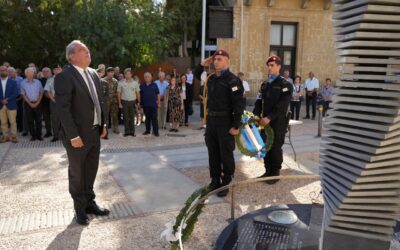
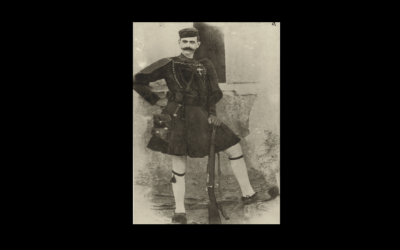
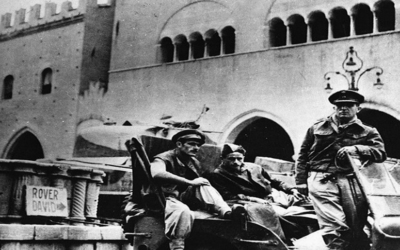


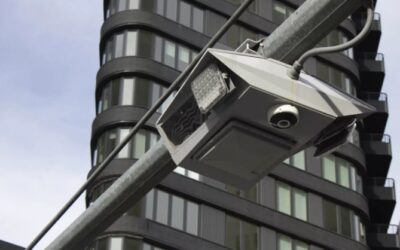



0 Comments